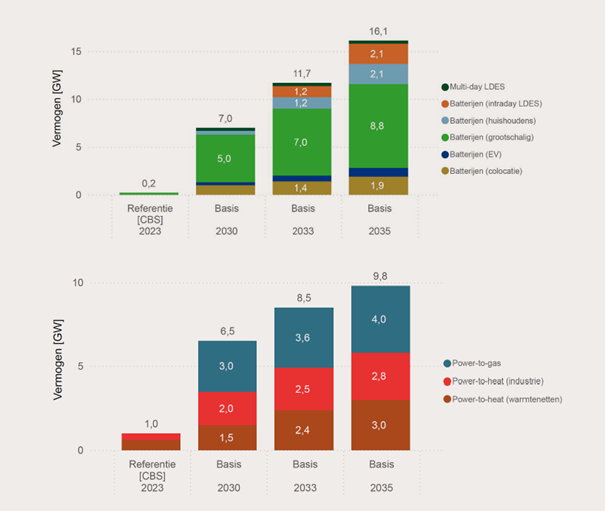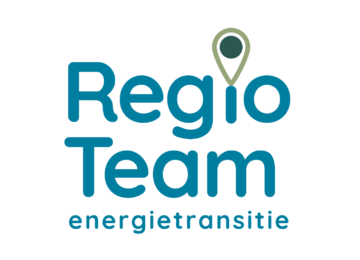Energy storage as important key to security of supply
The Dutch energy system is in a crucial transition phase. With the sharp increase in solar and wind energy, impressive strides are being made toward a sustainable energy supply. But this same increase in sustainability also brings with it new risks. TenneT's "Security of Supply 2025 Monitor" shows unmistakably that security of supply - the extent to which electricity demand can be met - will come under increasing pressure after 2030. Energy storage, both in the short term but also particularly in the medium and long term, is seen by TenneT as an essential pillar for keeping the energy system robust and reliable.
Increase in risks after 2030
According to TenneT, the security of supply up to and including 2030 still remains within the agreed standard of no more than 4 hours of expected power shortages per year, but towards 2033 and 2035 the security of supply values far exceed the safety margin. The causes are clear: the rapid phase-out of conventional (gas-fired) power plants, while electricity demand is actually increasing due to electrification of mobility, industry and heating. Flexibility sources such as demand-side management, imports and conventional battery storage may be growing along with it, but not nearly fast enough to close the gap, according to TenneT.
The potential of energy storage
TenneT outlines in the Security of Supply Monitor that in this area of tension, flexibility and energy storage are coming emphatically into the picture as one of the crucial solutions. With an increase in wind and solar PV generation on the one hand, and weather-dependent consumption on the other, the electricity system requires the scaling up of existing and introduction of new forms of flexibly controllable capacity in order to - at any time of the year - be able to guarantee the balance between supply and demand. The expectation here is that total battery capacity (including co-location and large-scale systems, households and charging stations for electric vehicles) will grow from about 6.7 GW in 2030 to 10.2 GW in 2033 and 13.7 GW in 2035, which corresponds to a storage volume increasing from about 25.4 GWh in 2030 to 46.8 GWh in 2035 This doubles the installed battery capacity between 2030 and 2035.
In the monitor, TenneT further explicitly points out the role that medium- and long-term energy storage can play in ensuring security of supply. This includes not only batteries that can bridge hours or a day, but also technologies that can store energy for several days and make it available during periods of low generation from solar and wind - the so-called Long Duration Energy Storage (LDES). TenneT states that this type of storage "can make a significant contribution to security of supply" and advises the Ministry of Climate and Green Growth to take targeted measures to encourage these forms of storage.
Power-to-heat, power-to-gas, interconnection and Demand Side Response (DSR) are additional sources of flexibility that, along with storage and conventional power plants, increase buffer freedom, but the numbers show that storage shows the largest growth curve.

Energy storage demands action now
The monitor contains clear recommendations to the government. TenneT calls for:
1. Develop measures that help the market achieve sufficient flexibility and controllable power.
2. Invest in research on appropriate capacity mechanisms.
3. Better utilize the potential of demand response.
4. Looking specifically at incentives for medium- and long-term storage solutions, given their high value for the electricity system of the future.
Energy Storage NL endorses the need for acceleration. According to the industry, TenneT's analysis is crystal clear: without substantial investments in energy storage, security of supply after 2030 is not guaranteed. There is no more time for non-committal plans. The government must take decisions now in order to actually get investments in energy storage off the ground. In addition, we call on TenneT to consider what actions they themselves can take to facilitate flexibility and storage, including by looking at current transmission tariffs that currently stand in the way of a large-scale rollout of storage, Energy Storage NL said.
Latest News
 News
News
Response from the regional energy transition team to the draft policy on large-scale battery storage in Flevoland
December 23, 2025 News
News
Compliment of the month: Provincial Council of Gelderland
December 18, 2025 News
News


